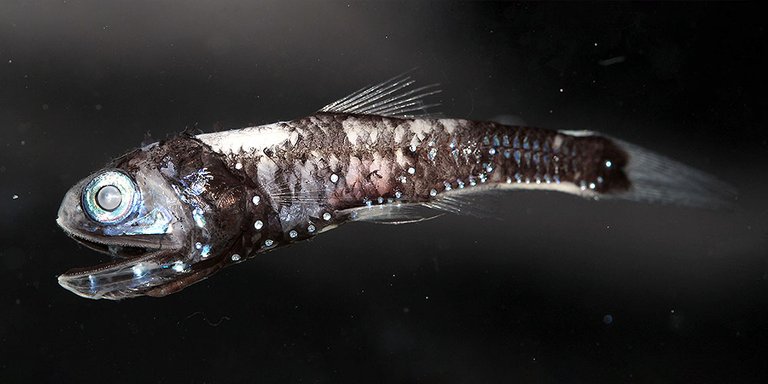
Normal color vision involves the cones, which only function in the light, hence the reason that extremely few vertebrates possess color vision at night, as only the rods in the eye function in the dark. From a genetic standpoint, the number of photopigments available to sense colored light is determined by a species' Rhodopsin genes, most vertebrates have only a single type of the gene.
At the depths that these fish normally inhabit, there are no sources of daylight. This is ultimately a small issue to the local fish populations as they've evolved their own forms of bioluminescence, which is the ability of a particular organism to produce its own light through bodily processes. 100 fish had their genomes mapped by researchers and some deep sea fish were found to have multiple Rhodopsin gene copies.
One such deep sea fish was the Silver spinyfin, which was found to have at least 38 copies of the gene and 2 other opsin genes of a different type. In turn, each of the gene copies were shown by the team to have evolved to collectively detect the range of light that is emitted by bioluminescent organisms in the depths of the deep sea, allowing the fish, and other species with similar adaptations, to see potential predators and prey.
Image: Zuzana Musilová, Charles UniversityRead more: http://rsci.nl/6h9